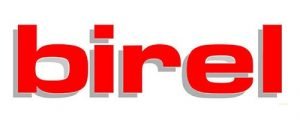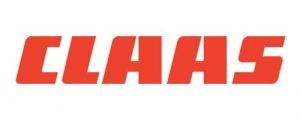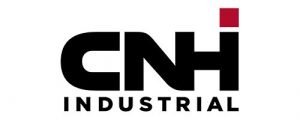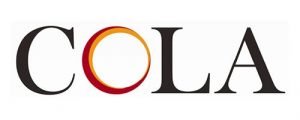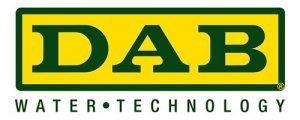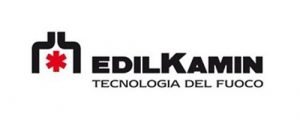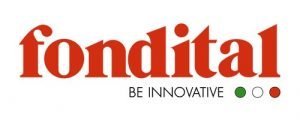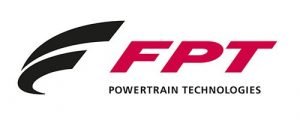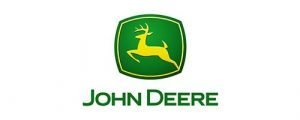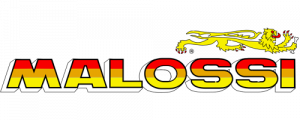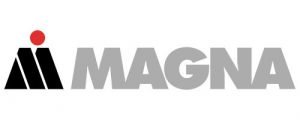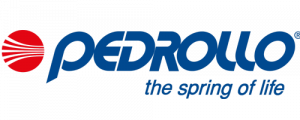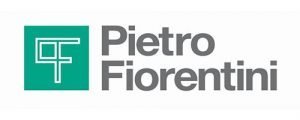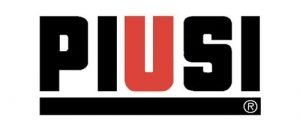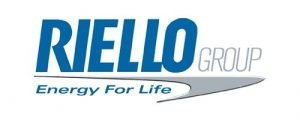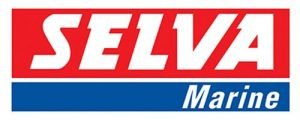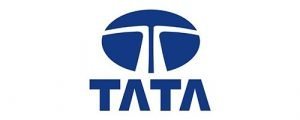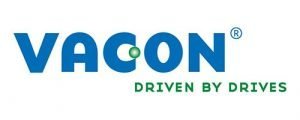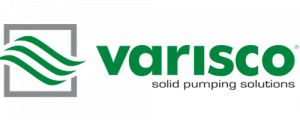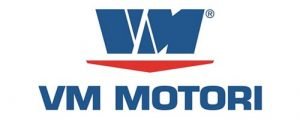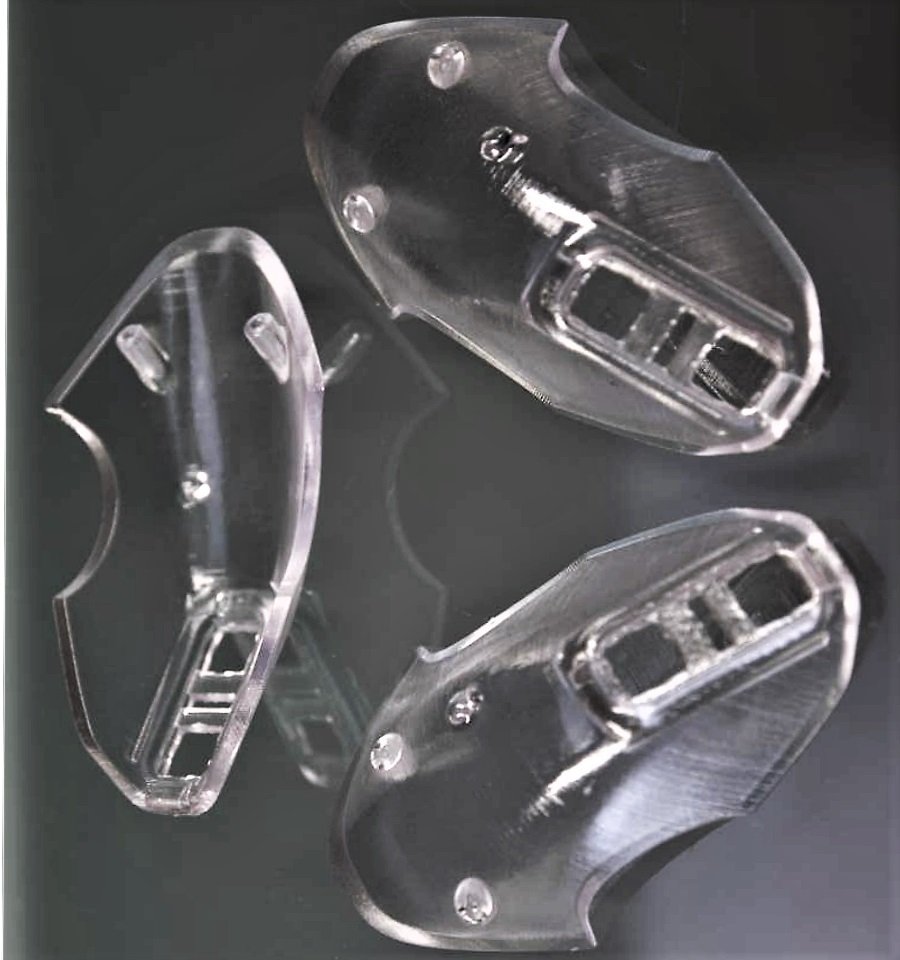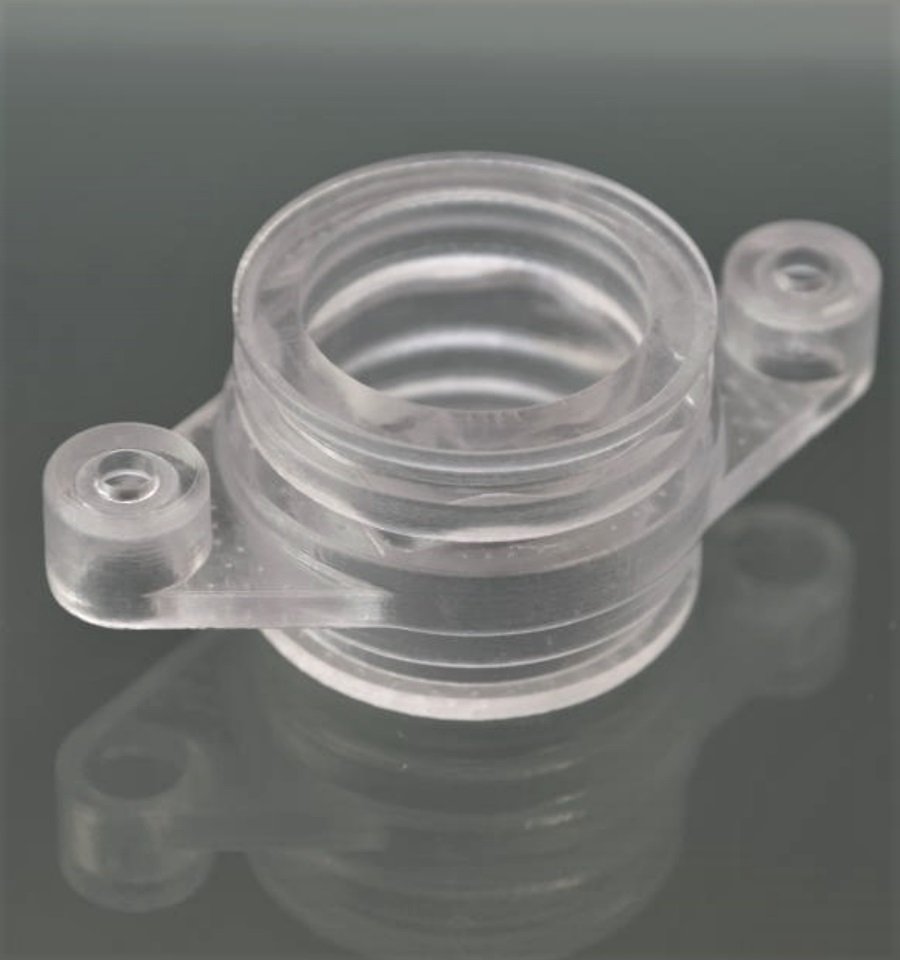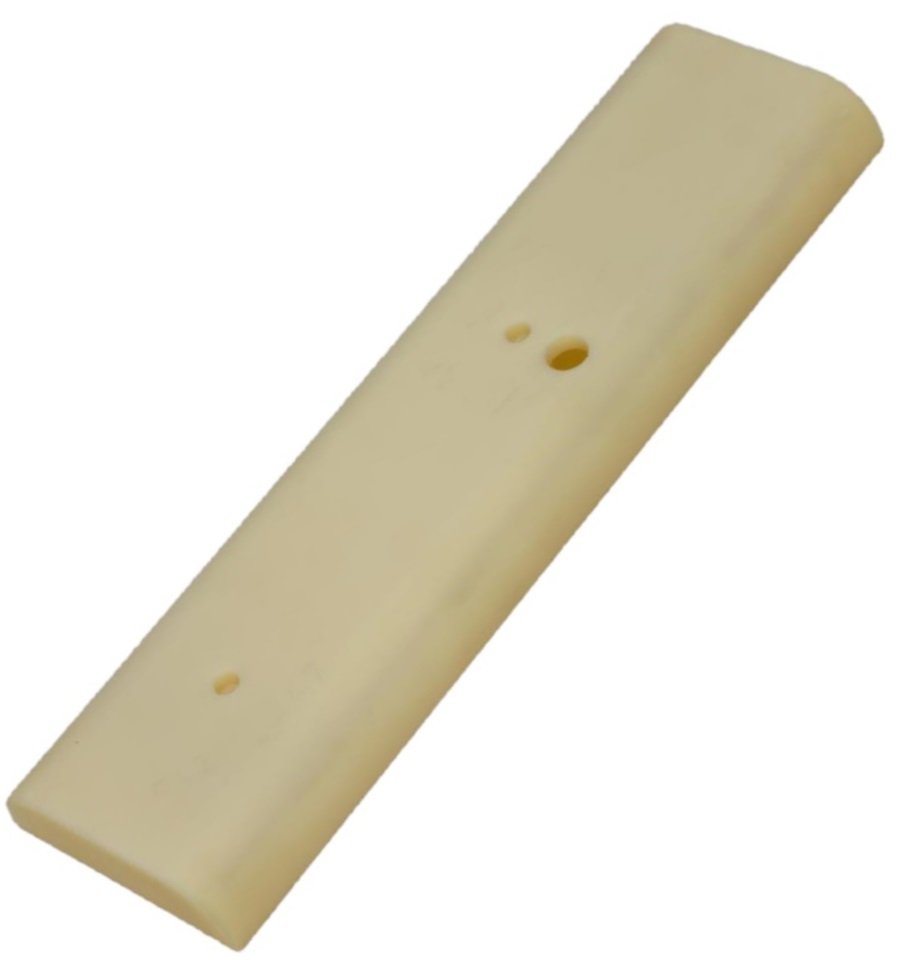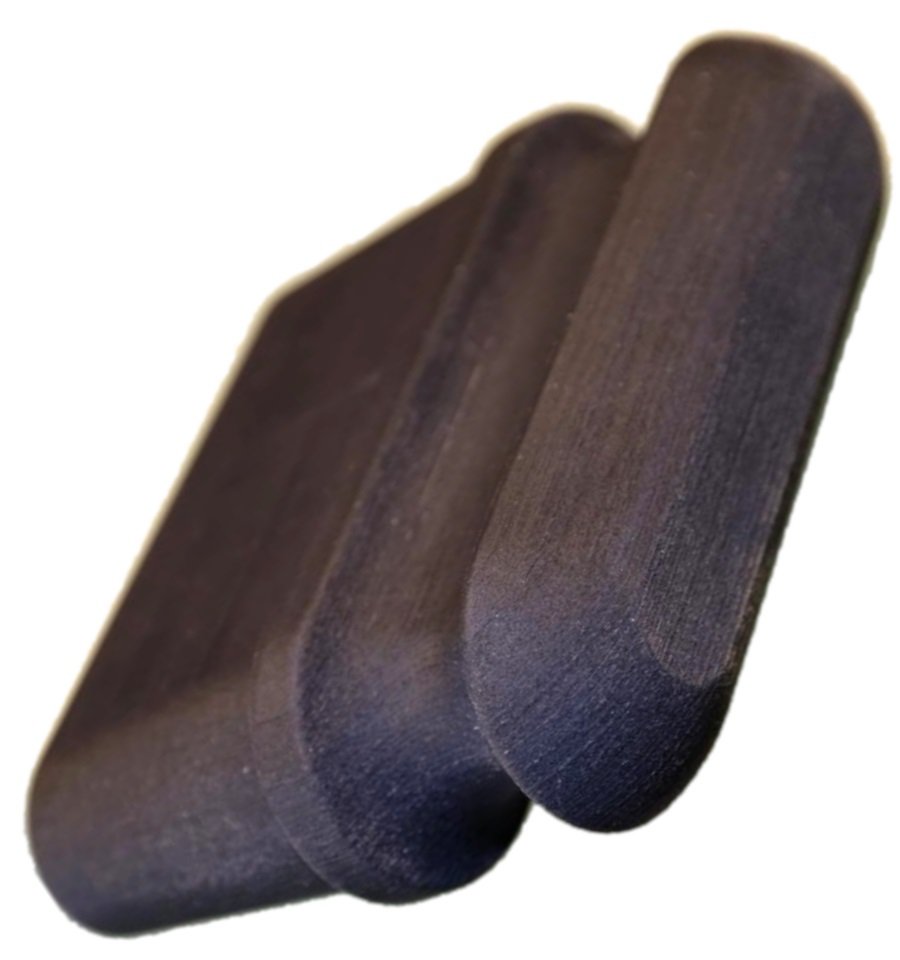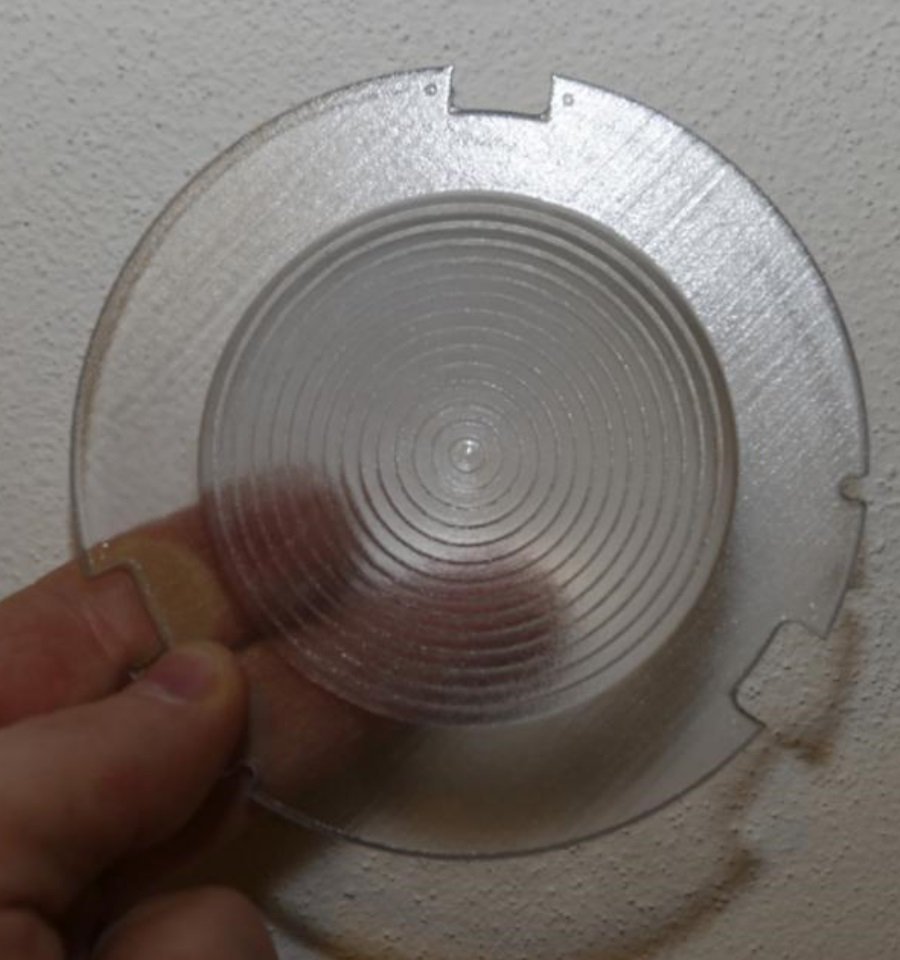Stereolithography
- Home
- Rapid Prototyping
- Stereolithography
SLA rapid prototyping
Aesthetic resins
Stereolithography belongs to the more general group of Direct Printing (or DP), All direct printing techniques produce approximate models, defined as 2.5D i.e., obtained by joining a very dense series of discrete sections, called layers.
Stereolithography is a rapid prototyping technique that allows the construction of parts by selective addition of material in liquid form in a tank. The material is processed by an ultraviolet laser, which goes to reinforce it and forms the object.
Specifically, stereolithography has a very refined layer tickness that allows the construction of models of high detail. It can build rigid parts, both opaque and transparent, and equipped with important mechanical characteristic, especially if ceramic-enriched material (ceramic 3D printing) is adopted.
Stereolithography
The material has a glassy resin consistency, easy to finish, with very smooth surfaces.
-
High dimensional compliance making it the most suitable technique for making templates and gauges in general.
-
The working range is 400x400x400mm (larger objects can be made by ginting rigid modules).
-
Layer Thickness is 25 microns.
-
Opaque materials are ivory in color, while transparent materials need polishing to have a lenticular appearance.
-
Grids
-
Caps
-
Knobs
-
Burners
-
Wok Supports
-
Tubs
-
Distributors
-
Shut-off valves
-
Control valves
-
Pump body
-
Carrier lantern
-
Mouthpieces
-
Valves
-
Shredders
-
Open Impellers
-
Closed Impellers
-
Single-channel impellers
-
Diffusers
-
Circulators
-
Supports
-
Engine shields
-
Inverter boxes
-
Carcasses
-
Finned masses
-
Streetlights
-
Racing parts
-
Aluminum frames
-
Engine cylinders
-
Motor heads
-
Brake calipers
-
Clutch Crankcase
-
Engine crankcase
-
Gearboxes
-
Frame elements
-
Forks


